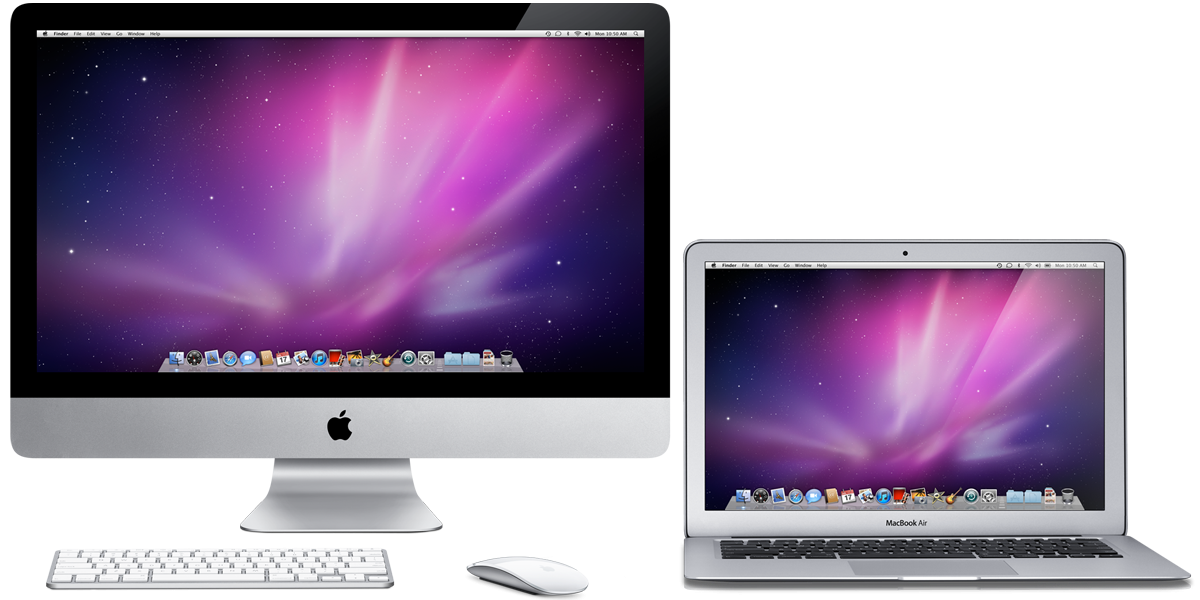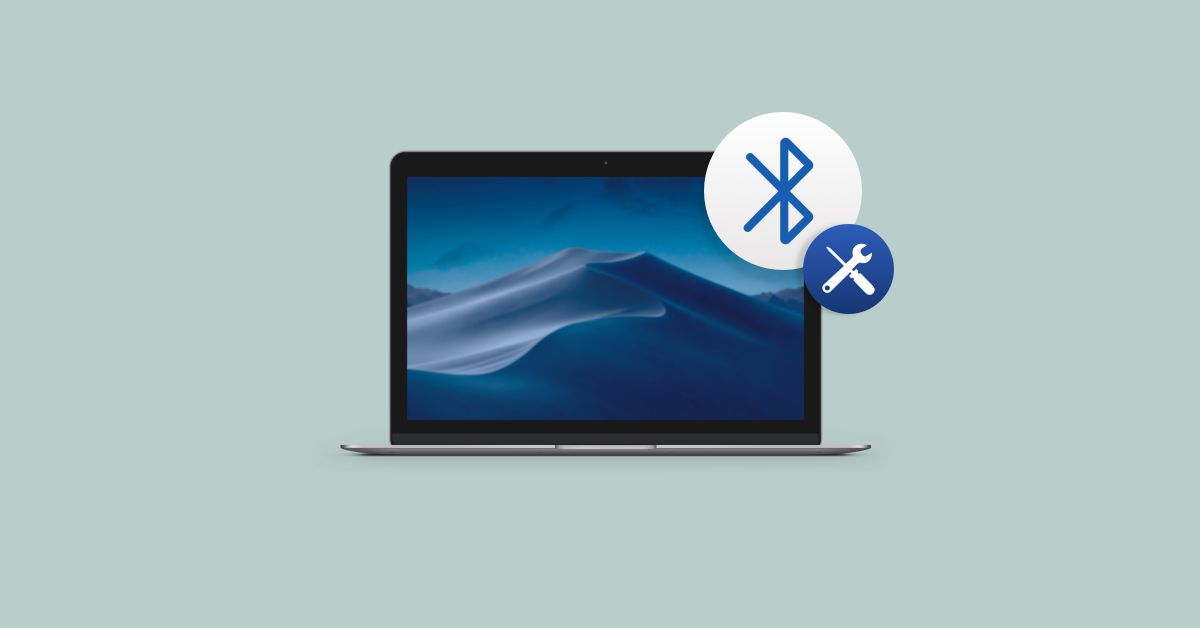- Turn On Bluetooth Macbook Pro
- Macbook Pro No Bluetooth
- Apple Macbook Pro Support
- Bluetooth To Download For The Aplle Macbook Pro Case
If you’re like me, you try to automate everything, even the small stuff. I have a few Bluetooth devices that I occasionally use with my MacBook Pro:
Apple could add Force Touch sensors to the OLED Touch Bar on a future MacBook Pro if a new patent application by the company ever comes to fruition. The original Apple Watch was the first device. Download Apple MacBook Pro Software Update for Mac to patch your MacBook Pro early 2011 model. Download Apple Bluetooth for Mac to firmware for macs with bluetooth based on Broadcom chipset. I have installed the Windows 10 Technical Preview on my mid-2011 MacBook Pro 13-inch. I had been running Windows 7 with no problems. The installation had been done using Apple's BootCamp software. The problem is that, in Windows 10 Device Manager, my Bluetooth USB Host Controller (found in 'Other Devices') shows that no drivers are installed. Install Apple MacBook Pro (13' Early 2015) laptop drivers for Windows 10 x64, or download DriverPack Solution software for automatic drivers intallation and update.
- Apple Magic Trackpad 2
- Apple Magic Keyboard
- Bose QuietComfort 35
- Sennheiser PXC550
Getting Bluetooth devices powered on and connected isn’t always the easiest process, especially if you have pairings with multiple devices. Sometimes, Bluetooth devices don’t automatically reconnect immediately, even if they’re already paired up. To streamline this process, I’ll switch off Bluetooth on my MacBook Pro, wait a few seconds, and then switch it back on. This power cycling process is typically done through the GUI, but I wanted to find a way to automate it.
If you have Mac Homebrew installed, you can install the blueutil program with this command:

Once installed, you should be able to call blueutil from your shell. My personal preference is PowerShell, but you might stick with the default, Bash.
To list the Bluetooth devices that are already paired with your MacBook Pro, use the following command:
On my system, I received some output similar to the following:
In order to connect to one of these Bluetooth devices, you can use the --connect argument, and pass in the physical address of the device that you’d like to connect to.
If you’d rather connect the Bluetooth device to a different computer, that has already connected to your MacBook Pro, you can forcibly disconnect a device using the --disconnect argument, and pass in the device’s physical address.
If you’d like to put your MacBook Pro into “discoverable” mode, so that you can pair to it from another device, use the following command:
If you haven’t paired your Bluetooth device to your MacBook Pro yet, you can search for discoverable devices and then initiate pairing, using the following commands:
Power Cycling Bluetooth on MacBook Pro
If you’d like to power cycle the Bluetooth radio on your MacBook Pro, use the commands below.
Wrap-up
As you can see, the blueutil program provides an easy-to-consume interface to managing the Bluetooth radio and your Bluetooth devices from your MacBook pro. All of the core Bluetooth capabilities are exposed through this command, using clearly documented, plain-English arguments.

Boot Camp requires a Mac with an Intel processor.
When you install Microsoft Windows on your Mac, Boot Camp Assistant automatically opens the Boot Camp installer, which installs the latest Windows support software (drivers). If that doesn't happen, or you experience any of the following issues while using Windows on your Mac, follow the steps in this article.

- Your Apple mouse, trackpad, or keyboard isn't working in Windows.
Force Touch isn't designed to work in Windows. - You don't hear audio from the built-in speakers of your Mac in Windows.
- The built-in microphone or camera of your Mac isn't recognized in Windows.
- One or more screen resolutions are unavailable for your display in Windows.
- You can't adjust the brightness of your built-in display in Windows.
- You have issues with Bluetooth or Wi-Fi in Windows.
- You get an alert that Apple Software Update has stopped working.
- You get a message that your PC has a driver or service that isn't ready for this version of Windows.
- Your Mac starts up to a black or blue screen after you install Windows.
If your Mac has an AMD video card and is having graphics issues in Windows, you might need to update your AMD graphics drivers instead.
Install the latest macOS updates
Before proceeding, install the latest macOS updates, which can include updates to Boot Camp.
Format a USB flash drive

To install the latest Windows support software, you need a 16GB or larger USB flash drive formatted as MS-DOS (FAT).
- Start your Mac from macOS.
- Plug the USB flash drive into your Mac.
- Open Disk Utility, which is in the Utilities folder of your Applications folder.
- Choose View > Show All Devices from the menu bar.
- From the sidebar in Disk Utility, select your USB flash drive. (Select the drive name, not the volume name beneath it.)
- Click the Erase button or tab.
- Choose MS-DOS (FAT) as the format and Master Boot Record as the scheme.
- Click Erase to format the drive. When done, quit Disk Utility.
Download the Windows support software
After preparing your USB flash drive, complete these steps:
- Make sure that your Mac is connected to the Internet.
- Open Boot Camp Assistant, which is in the Utilities folder of your Applications folder.
- From the menu bar at the top of your screen, choose Action > Download Windows Support Software, then choose your USB flash drive as the save destination. When the download completes, quit Boot Camp Assistant.
Turn On Bluetooth Macbook Pro
Learn what to do if you can't download or save the Windows support software.
Macbook Pro No Bluetooth
Install the Windows support software
After downloading the Windows support software to your flash drive, follow these steps to install the software. (If you're attempting to resolve issues with a Bluetooth mouse or keyboard, it might be easier to use a USB mouse or keyboard until these steps are complete.)
Apple Macbook Pro Support
- Make sure that the USB flash drive is plugged into your Mac.
- Start up your Mac in Windows.
- From File Explorer, open the USB flash drive, then open Setup or setup.exe, which is in the WindowsSupport folder or BootCamp folder. When you're asked to allow Boot Camp to make changes to your device, click Yes.
- Click Repair to begin installation. If you get an alert that the software hasn't passed Windows Logo testing, click Continue Anyway.
- After installation completes, click Finish, then click Yes when you're asked to restart your Mac.
Learn more
If you can't download or save the Windows support software:
Bluetooth To Download For The Aplle Macbook Pro Case
- If the assistant says that the Windows support software could not be saved to the selected drive, or that the USB flash drive can't be used, make sure that your USB flash drive has a storage capacity of at least 16GB and is formatted correctly.
- If the assistant doesn't see your USB flash drive, click Go Back and make sure that the drive is connected directly to the USB port on your Mac—not to a display, hub, or keyboard. Disconnect and reconnect the drive, then click Continue.
- If the assistant says that it can't download the software because of a network problem, make sure that your Mac is connected to the Internet.
- Make sure that your Mac meets the system requirements to install Windows using Boot Camp.
If a Mac feature still doesn't work after updating the Windows support software, search for your symptom on the Apple support website or Microsoft support website. Some features of your Mac aren't designed to work in Windows.
